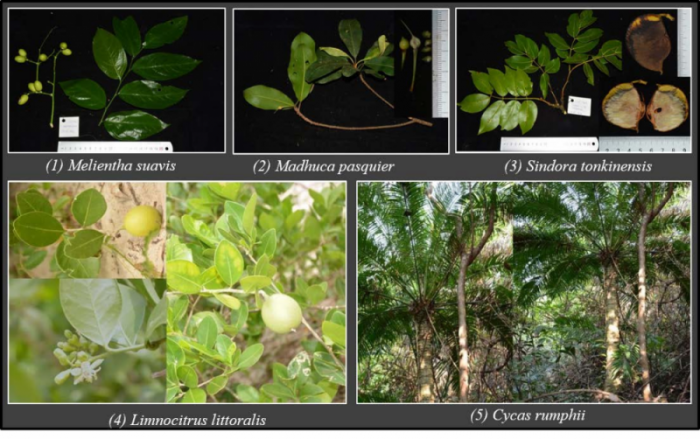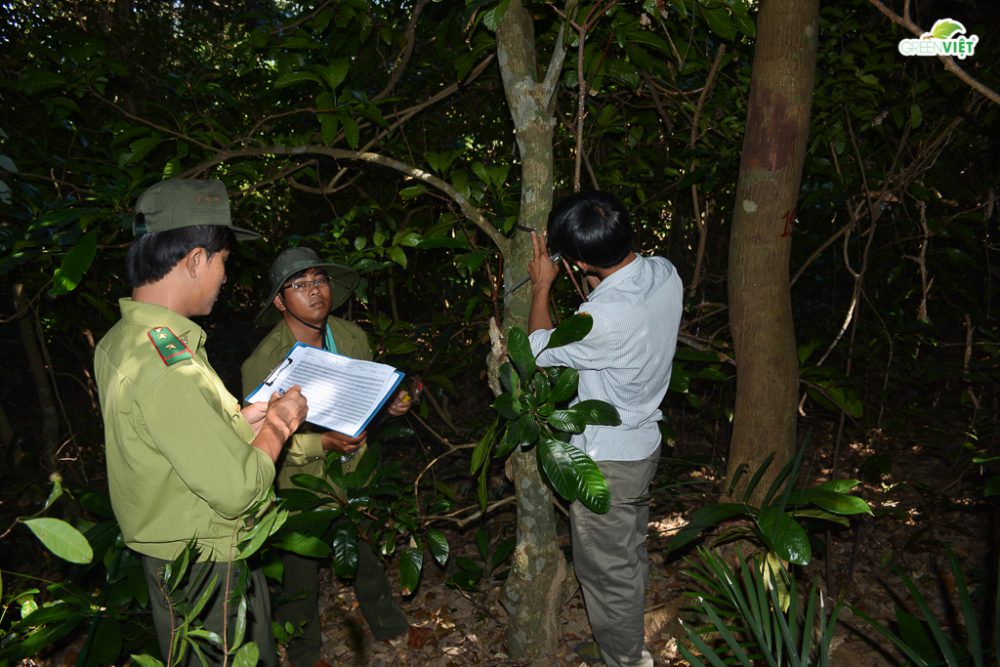REINTRODUCTION HA TINH LANGUR PROGRAM IN KE GO NATURE RESERVE
There were five individuals of Ha Tinh langur (Trachypithecus hatinhensis) reintroduced to nature including one adult male, two adult females, and two juveniles.
The program started in April 2015 under the collaboration of Endangered Primate Rescue Centre (EPRC) in Cuc Phuong National Park, GreenViet and Ke Go Nature Reserve Management Board.

The five individuals of Ha Tinh langur were set up with chips on their necks. GreenViet has set up tags for monitoring systems; while radio-tracking and GPS will be used to collect data of douc’s moving and activities.

A field camp has been built near reintroduction area. Monitoring team was created with a staff of GreenViet and a ranger of Ke Go NR. The team will work all days within a month to collect data and monitor the doucs as well as check the impact of local people within reproduction area.

Based on collected data in the first three months, the doucs usually move on average 300-500 meters a day. However, with the threats from the population of Rhesus macaca (Macaca mulatta) in the reproduction area, the doucs move further with about 800-1,000 meter a day.

It could be seen from this first experience, the reintroduction activities will be a challenge for the animal which has been kept for a long time in captivity. These doucs need to learn how to find their feeding trees, water sources, and how to protect themselves from their enemies such as big birds, wild cats, Rhesus macacas, and especially poisonous snakes. Therefore we can only do the assessment for this reintroduction program at least after one year implementation.
The reintroduction monitoring program in Ke Go NR is conducting everyday under responsibility of GreenViet and Ke Go NR in order to collect data of animal tracking and report to project leaders. The scientific data collected from this project will be valuable for other reintroduction program in the future.





